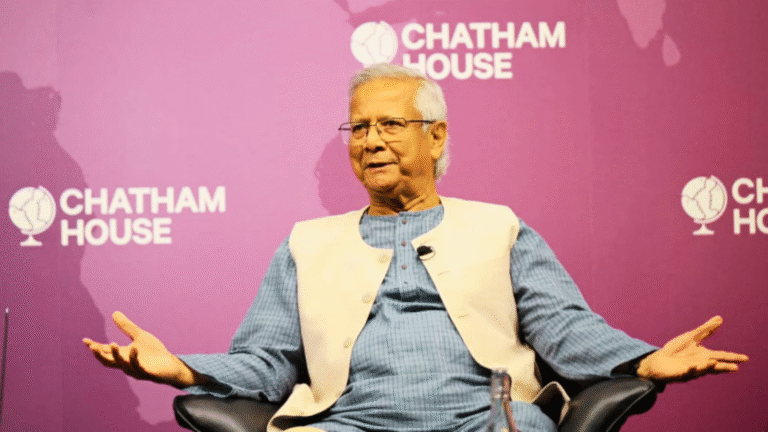Once upon a time, women in the Middle East gave birth to an average of seven children. But that familiar picture is now a thing of the past.
Since the early 2010s, the region’s birthrate has plummeted alarmingly. Once a hub of population growth, the Middle East is now facing a profound shift in its demographic landscape, which could have dangerous implications for its future society and economy.
Globally, declining birthrates have become a stark reality. A recent BBC report highlighted that in a study covering 14 countries with 14,000 people, one in five individuals could not have the number of children they desired. In this context, the Middle East stands at a unique point of crisis.
About 60 years ago, women in the region averaged seven children each. By the start of the 2010s, that number had dropped to just three. Research in 2016 revealed that over the past three decades, the Middle East experienced the fastest decline in birthrates worldwide. Statistics show that between 2011 and 2021, the region’s total fertility rate fell from 3.8 to as low as 1.24.
In 2023, five of the 22 Arab League countries saw their birthrates fall below 2.1, the replacement level. For example, the United Arab Emirates now has a birthrate of just 1.2, which is lower than Germany’s average of 1.38.
This shift is often called a ‘silent revolution’ because it is happening quietly within homes and involves personal rights. Without protests or government mandates, these changes are permeating every layer of society.
Factors such as increased contraceptive use, recognition of divorce, and rising interest in women’s education are fundamentally transforming family structures in the region.
Will this ‘silent revolution’ force Middle Eastern societies to rethink their future? Or will it mark the beginning of a severe population crisis? Only time will tell.













+ There are no comments
Add yours